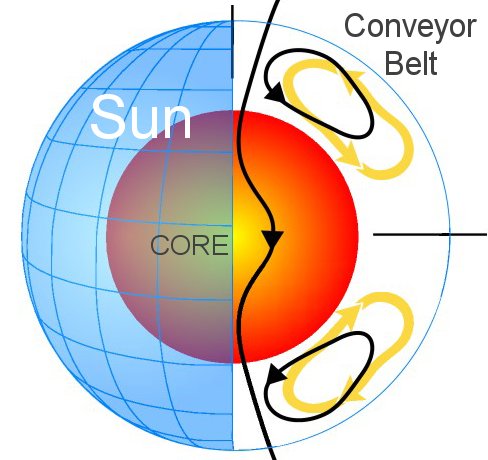The goal of the research by the IAA and UNSAA is twofold - to raise awareness of the possible problems with the increase in the level of activity of the sun, and to create a reliable and accurate database, which will be made available to the community of satellite users, and the space industries worldwide

The sun is coming out of a period of low activity, (Solar Min) and begins an 11-year cycle, in preparation for peak activity (Solar Max) which is expected to occur towards 2013. The increased activity of the sun arouses concern in the world's space community due to its negative effects on satellites, especially communication satellites. Diverse research activity has been taking place in the world for several years, and a special session was assigned to deal with the subject, within the framework of the International Astronautical Congress, which is being held in Prague this week.
In the discussion, a research initiative of the International Academy of Astronautics (IAA), which cooperates with the United Nations Office for Outer Space Affairs (UNOOSA), was presented. The Academy's research group began its operations in 2009, which was declared the International Year of the Sun. The purpose of the research is twofold - to raise awareness of the possible problems with the increase in the activity level of the sun, and to create a reliable and accurate database, which will be made available to the community of satellite users, and the space industries worldwide.
Extensive research activity is underway at the European Space Agency, which published the first study of its kind in 2006, dealing with the consequences of space weather and solar activity on the economy (which is related in many ways to the space sector), and it also includes recommendations for risk management policies for European decision makers.
Space weather affects the space sector in many ways - it interferes with communication between the satellites and the ground, an increased flux of particles from the sun creates drag in space, which may significantly shorten the lifespan of low-orbit satellites, and the ground segments of space systems are also affected by it - Because distortions in the Earth's magnetic field and ionosphere interfere with communication with satellites - including their control and command.
One of the researchers emphasized that the most damage can be caused not only at the peak of solar activity, but a little later, in the years 2014-15. This is shown by the analysis of the sun's activity at its previous peak in 2000, and late activity caused damage to satellites precisely in 2003. It was recently reported that the British Ministry of Defense warns of the risk of damage to many critical infrastructures, which are not only related to the satellite field

3 תגובות
Does that mean it will be hotter?
It is advisable to obtain and present an article showing examples and explanations of what may occur. As for example expert assessments regarding the behavior of the new electronic equipment which did not exist in the previous solar cycle. The topic is fascinating.
The Maya really knew something...